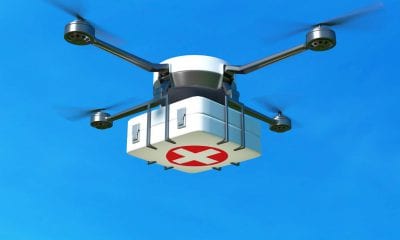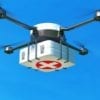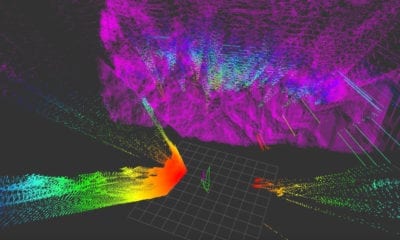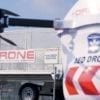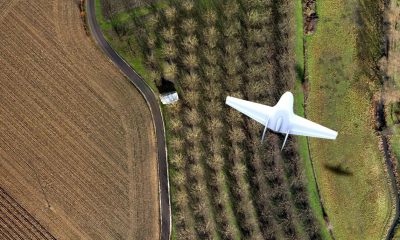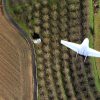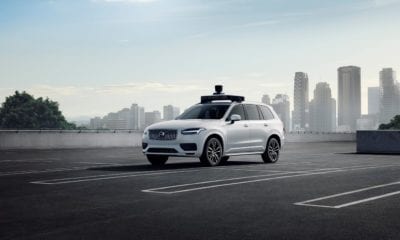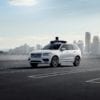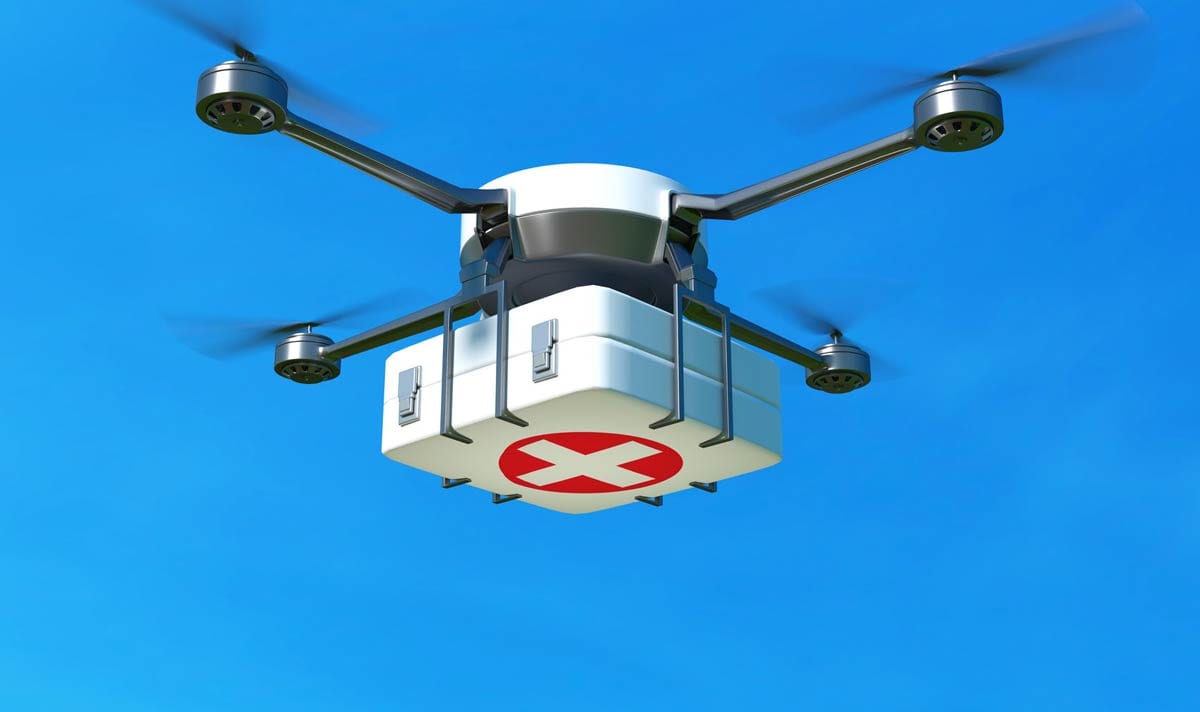
AI
Drones as a Component of Ambient Assisted Living Systems
Personal care at home or in a nursing facility is very labor intensive and places a huge financial burden on family and government. To ease this burden IoT devices and applications are being increasingly adopted as they can in may instances ensure continuous monitoring of the patient and their surroundings, providing assessment and triggering assistance when necessary from a remote location.
A new research paper by Turkish researchers, Radosveta Sokullu, Abdullah Balcı, Eren Demir from Ege University – titled, “Drones And Their Application In Ambient Assisted Living,” presents an overview of existing drone based applications for ambient assisted living followed by a critical analysis and evaluation of drone related technologies and their possible applications in AALS for the elderly. AALS (Ambient Assisted Living Systems) is a growing area of research where new enabling technologies help add new features and solve new challenges.
AALS
Wireless sensor networks, cellular networks and IoT are among the major technologies employed and researched for the purpose of improving standard of life for the general public and enhancing the efficiency and functionality of service sectors like the healthcare setup.
Ambient assisted living is a hot research topic, however there are quite many and varying definitions of what it actually covers. In is most general sense, the term AAL refers to intelligent systems of assistance for a better, healthier and safer life in the preferred living environment. It covers concepts, products and services that interlink and improve new technologies and the social environment. A new technological wave, promising to address some very niche application cases has appeared in the form of small flying robots or drones.
Considering the main functionality of these systems, four major aspects of AALS can be defined:
- Health monitoring aspect
- Safety related aspect
- Daily activities and routines aspect.
- Social connectedness aspect.
Drone Aided Health Monitoring Systems
Drones can be used to deliver routine test kits, medication refills and even pick up standard blood and urine tests. Such an application will immensely reduce travel time and workloads of caregiver and medical personnel. Drones are more competitive when time-sensitive tasks and goods are considered and are also independent of the ground roads and terrain.
When a cardiac arrest happens outside of a hospital the survival rate is very low, because the person has to be shocked with a defibrillator within minutes of the attack. The survival rate is said to be 74% if the patient is shocked within 3 min of the arrest and is reduced to 50% after 5 min. As a rule, defibrillators are carried in all ambulances, however, the average time for an ambulance to reach the patient in Stockholm is around 13 min. Drones have larger possibilities of being faster than the ambulance especially when the high-survival rate interval is considered as drones can conveniently carry AEDs (Automated External Defibrillators) to the patient quickly.

Major functional blocks of an UAV
Drone Aided Safety Related Applications
A common safety hazard for the elderly, especially people in early stages of dementia, is getting lost or wandering off. An interesting drone-based application has been proposed that can help in cases of wandering dementia patients. Drones can help locate the person but monitoring battery usage as well as longitude and latitude is crucial for success.
Drone Aided Daily Activities and Routines
To facilitate independent living of the elderly indoors, different technological solutions are continuously researched – one them being drones such as the Healthbuddy, a drone designed for indoor patient care.
The PhD thesis of Ricardo Miguel Gradim Nascimento from the University of Porto presents the design of a drone that can autonomously navigate inside the house and recognize a person lying on the floor. An original method for flying the drone indoors without GPS information is proposed which is based on QR code detection using a smartphone mounted on top of the drone.
Drones for Better Social Inclusion
A group of researchers from Singapore developed a videogame application that was designed to improve the response times and motor skills of elderly patients. The application helps the elderly to preserve and/or develop better cognitive skills (eye-hand coordination) and improve mental and physical state. It has been observed that the games improved the patients’ skills over time noticeably.
Citation: Sokullu, Radosveta & Balcı, Abdullah & Demir, Eren. (2018). Drones and Their Application in Ambient Assisted Living. https://www.researchgate.net/publication/328833309_Drones_and_Their_Application_in_Ambient_Assisted_Living

